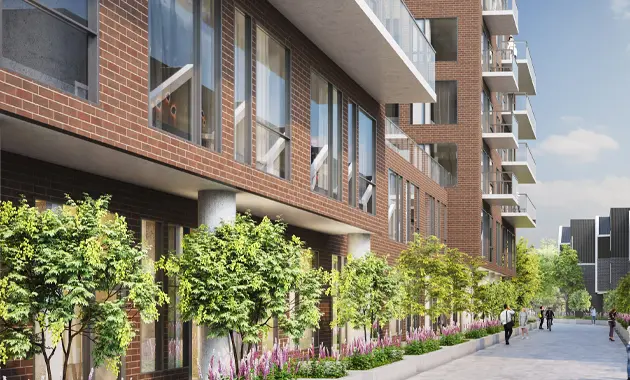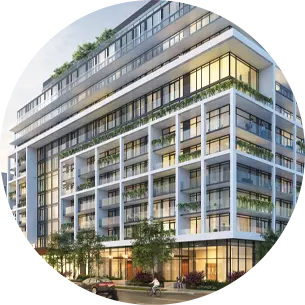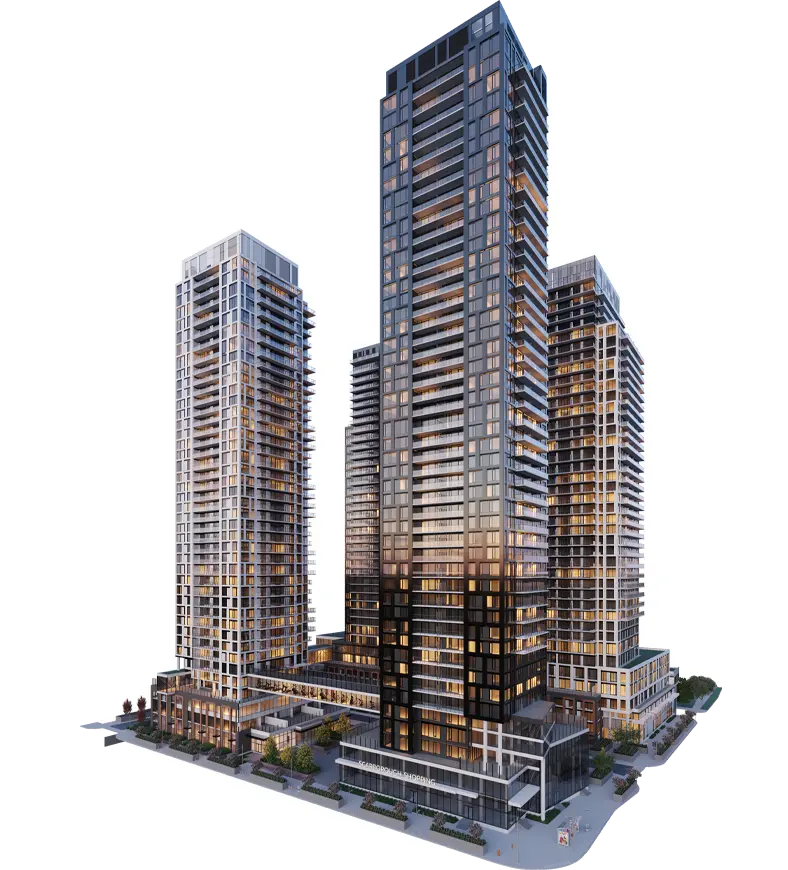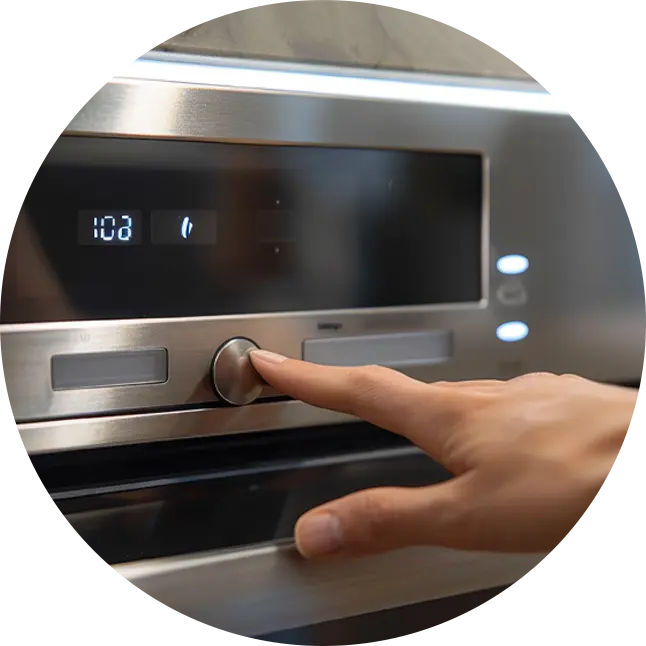
Sustainability
At Atria, sustainability is at the heart of everything we do. Our philosophy is to create environmentally responsible living spaces that are comfortable and modern.



By incorporating innovative green practices such as energy-efficient building design, electric car charging stations, and green roofs, we significantly reduce overall energy consumption. These savings are passed on to our residents, making sustainable living affordable and accessible. We are committed to building a greener future and a legacy of environmental stewardship for generations to come.

Energy Efficiency
Our buildings are designed with energy efficiency in mind. By using advanced materials and construction techniques, we ensure that our properties consume less energy overall. This not only helps the environment but also translates to lower utility bills for the families who live with us.

Electric Car Charging
We support the shift to electric vehicles by providing convenient car charging stations in our properties. This makes it easier for our residents to choose eco-friendly transportation options and reduce their carbon footprint.

Green Roofs
Green roofs are a key feature of our sustainability efforts. These living roofs help to insulate buildings, reduce energy consumption, and provide green spaces that improve air quality and support urban biodiversity.

Mass Timber Construction
Concrete and steel are the traditional structural elements of multi-residential and commercial buildings today. The production of each generates significant greenhouse gases; steel production is responsible for around 8% of global carbon dioxide emissions each year, while concrete production results a further 4-8% of such emissions.
In recent years, wood-based replacements for these materials have been developed that are not only renewable, but actually sequester substantial amounts of carbon dioxide. Mass timber is also significantly lighter and quicker to build with than concrete and steel and, for many, has greater aesthetic appeal.
Ground Source Heating
Heating and cooling large buildings typically require vast amounts of electricity and fossil fuels. Reducing the consumption of these resources lowers the building’s ongoing environmental impact, its operating costs and its exposure to energy price volatility.
Ground source heating (geothermal) uses the fairly constant temperature of the earth several metres below grade in concert with a heat pump system to moderate temperature within the building. As a result, other than fossil fuels used to produce electricity to drive the heat pump system, heating and cooling the building produces no greenhouse gases.

190
HOLES
259m
DEPTH
OF HOLES

Atria’s Town Centre Place will feature 4 residential towers whose primary heating and cooling will be powered by the largest geothermal field in Canada.

VFR
Variable Refrigerant Flow (VRF) is a heat pump system that allows individualized temperature control while reducing energy consumption typically associated with heat pumps by 20% or more. These systems distribute refrigerant at variable rates and in the exact amounts to achieve the desired temperature requested in each zone.
Atria’s NEO, soon to be under construction in Oshawa, will combine ground source heating and VRF to deliver highly efficient, individualized climate control.
Smart Home Technologies
The financial and environmental cost of energy usage is a concern to every individual. Atria residents are able to take advantage of Atria Connected to better control their energy usage using their smartphone or their in-suite wallpad.
Among many other functions, Atria Connected enables in-suite temperature control from anywhere, putting the ability to manage energy consumption in the hands of each resident. Future versions will also include the ability to control in-suite lighting.


Light Management
Window systems that provide lots of natural light and panoramic views are proven to contribute positively to mental health and a sense of well-being. Therefore, it is generally desirable to maximize window area.
But glass, even triple-glazed, is a poor insulator, which results in greater energy requirements to maintain a desired temperature. With automated blind systems or electrochromic windows, the effects of hotspots from direct sunlight and cold zones resulting from proximity to glass can be reduced.
Atria also uses Energy Star rated appliances and efficient LED lighting systems throughout its properties.


